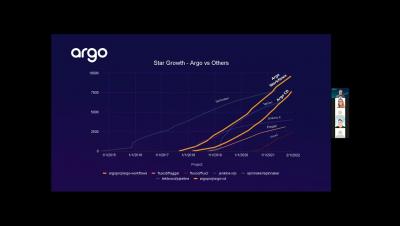Scaling Argo CD Securely in 2022
Last updated 2/22/2022 Argo CD is used by some of the largest and most secure companies on earth with sensitive and very important workloads. In 2022, it’s all the more critical to make sure Argo CD is running securely within your organization. As Argo continues the process of CNCF graduation, additional security audits and improvements to project security are underway.









